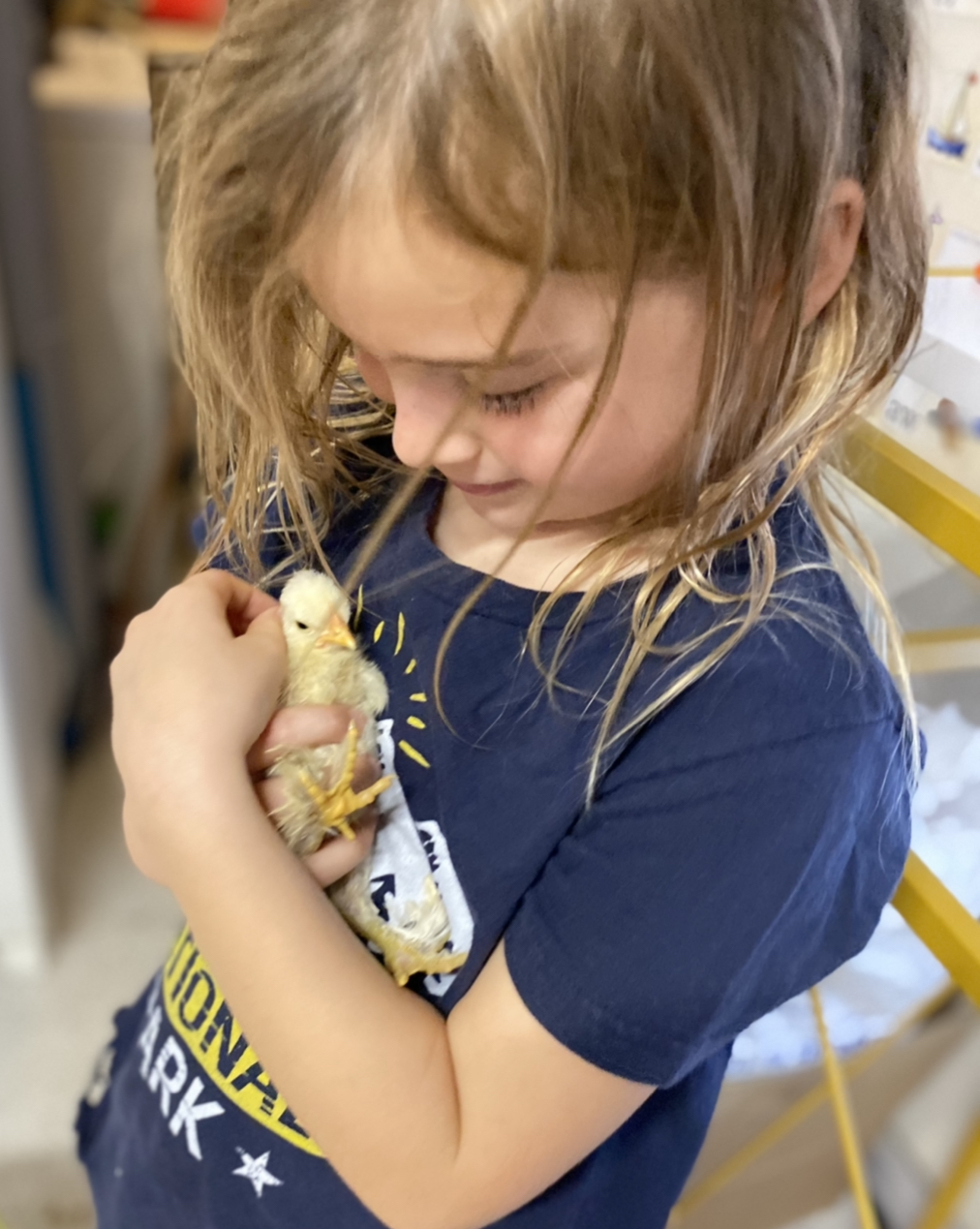Do you want to know why Indi-ED is so wonderful? It’s because of the fantastic learning environment that has been created and fostered along with the values that we instill and reinforce each day. Not to mention the amazing community of families and students involved. But one of the biggest reasons Indi-ED is so beneficial to childrens’ education and well-being is that the kids get to learn by doing. That’s the key – that is the most important and impactful part.
One way they learn by doing involves the inquiry projects that the students complete in which they research a topic that they are passionate about that ties into our curriculum. They present these projects to their families and friends two times per year. They get to work with experts in our community and they learn very impressive communication skills, arguably better than most adults! We also have overarching themes that change every year, and we get to produce an end product that ties into those themes. This year, my cohort, the littlest of the bunch, are learning to hatch, raise, and keep chickens!

Some of our themes and topics for the year are innovation, design thinking, problem solving, ecology, and engineering. So why not pull that all together to raise chickens? In keeping with the theme, the kids are engineering, designing and building a coop. We are in the throes of this project and it has truly been an adventure with more to come. We incubated 12 eggs and after hatching, we are now the proud parents of nine healthy and quickly growing, feisty chicks. All fourteen of us are raising them together, but actually, the whole school is so excited about the chicks that I feel like it has brought us even closer as a community. The older kids and teachers want to have “chick time” too.

Even though the chicks are just three weeks old, we have already used our engineering and problem solving skills to make changes as needed. First we researched and built the brooding box. When that got too small for the chicks we had to come up with an intermediate brooding box. We had to figure out how to control the temperature by trying to raise the heat lamp as the chicks need a five degree drop in temperature until they are fully feathered and able to be outdoors. Just having the chickens in our space is teaching the kids how to be responsible and how to care for living things, not to mention … science!

The next step was more research about what chickens need in a coop, how much space we have to build, how and why we need to keep the chickens safe from predators. And we do all of it while sticking within a budget – another important life skill. My 6 to 9 year olds came up with a plan mostly on their own. They are developing better research and computer skills that just naturally come with projects at Indi-ED. We visited chicken coops, drew up ideas, watched DIY videos, and learned how to measure area and perimeter and square footage. Our next step is to present our plan to families.




This is all student-led. The kids are learning how to pitch ideas, how to communicate needs, and how to ask for things. They are learning how to make a slideshow! And they LOVE every second of it because they are excited about their ownership in the project. They are having fun while they are learning and that is where it’s at. That is the sweet spot that Indi-ED hits. With one project, not even complete, they have many new life skills already. These skills will stick with them and carry them through the rest of their lives.




The Indi-ED chicks are named Wiggles!!!! (Yes, the exclamation points are part of the spelling), Pumpkin, Icy, Harley, Fishe, Pickles, Sapphire, Coconut, and Chick Jagger, and they are the cutest. They are fluffy, noisy, crazy, silly and adorable. We are in love and can’t wait to build them their future home.


